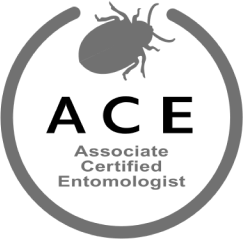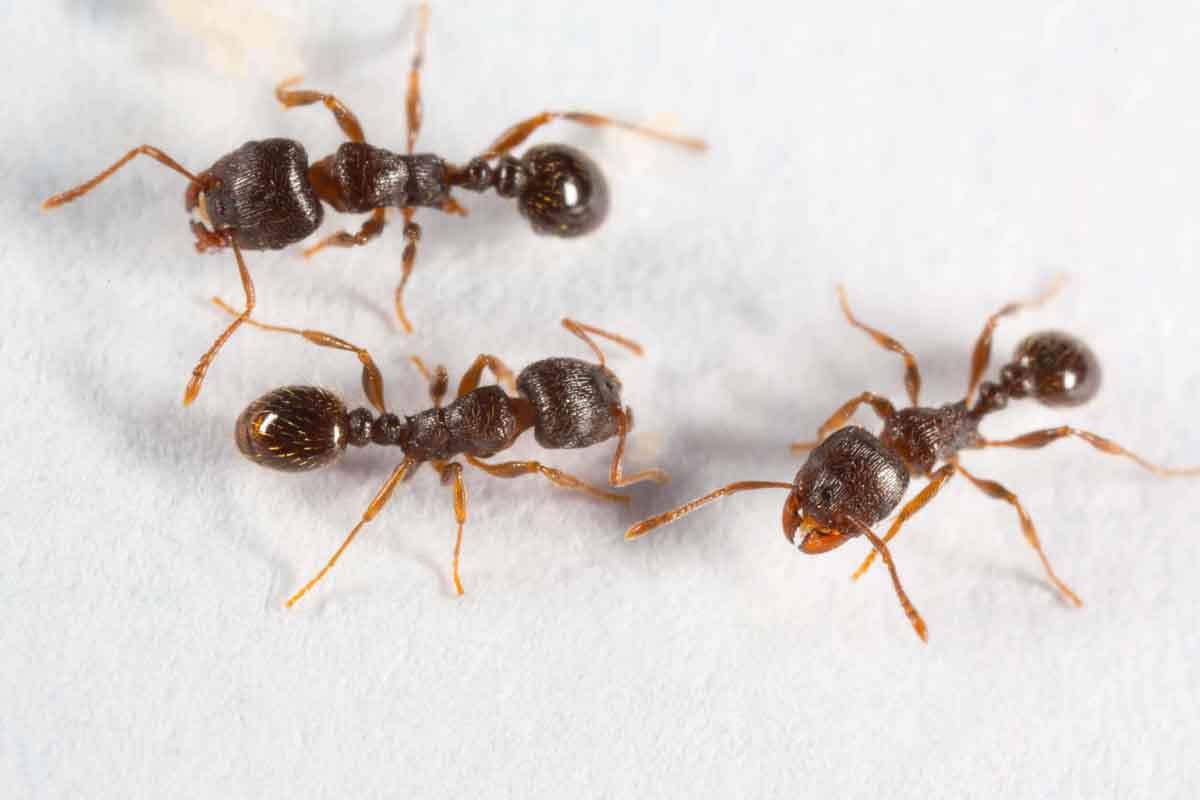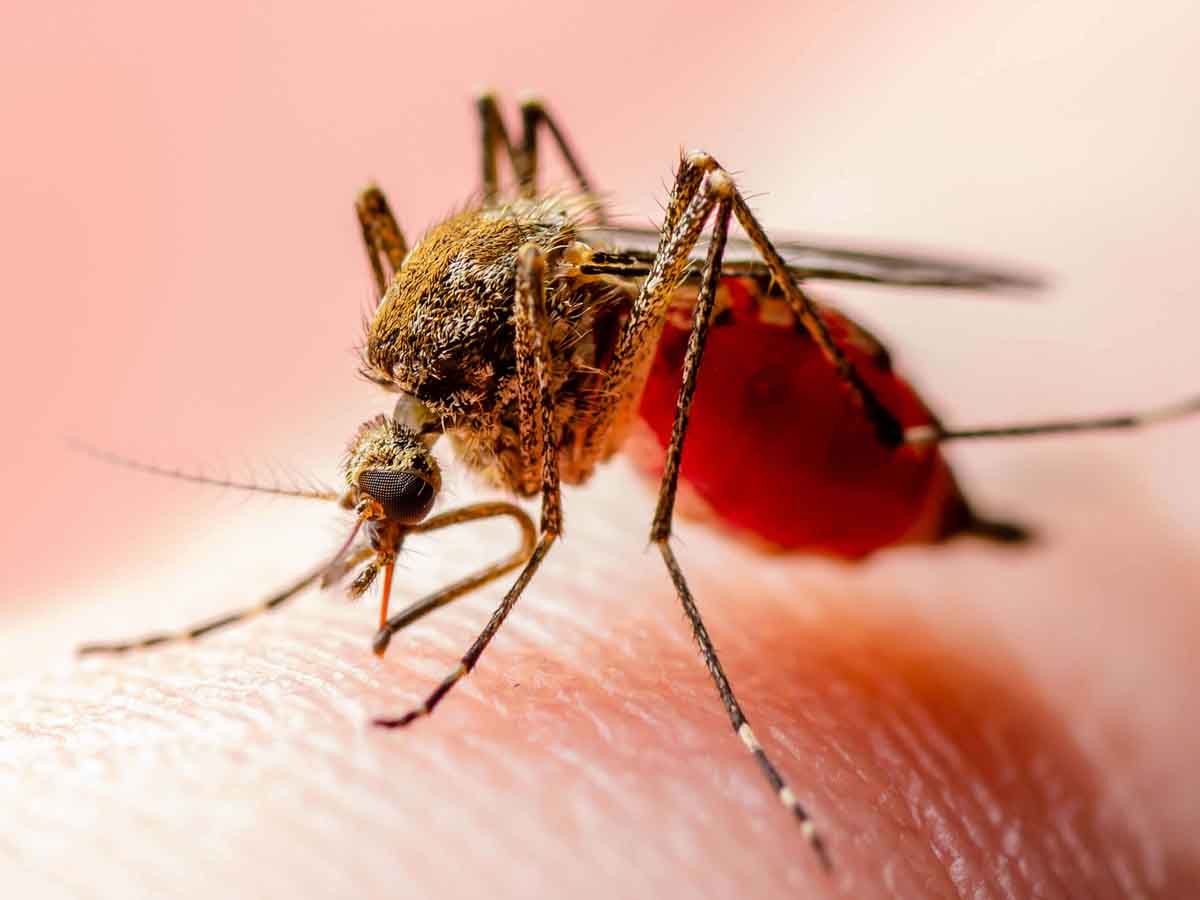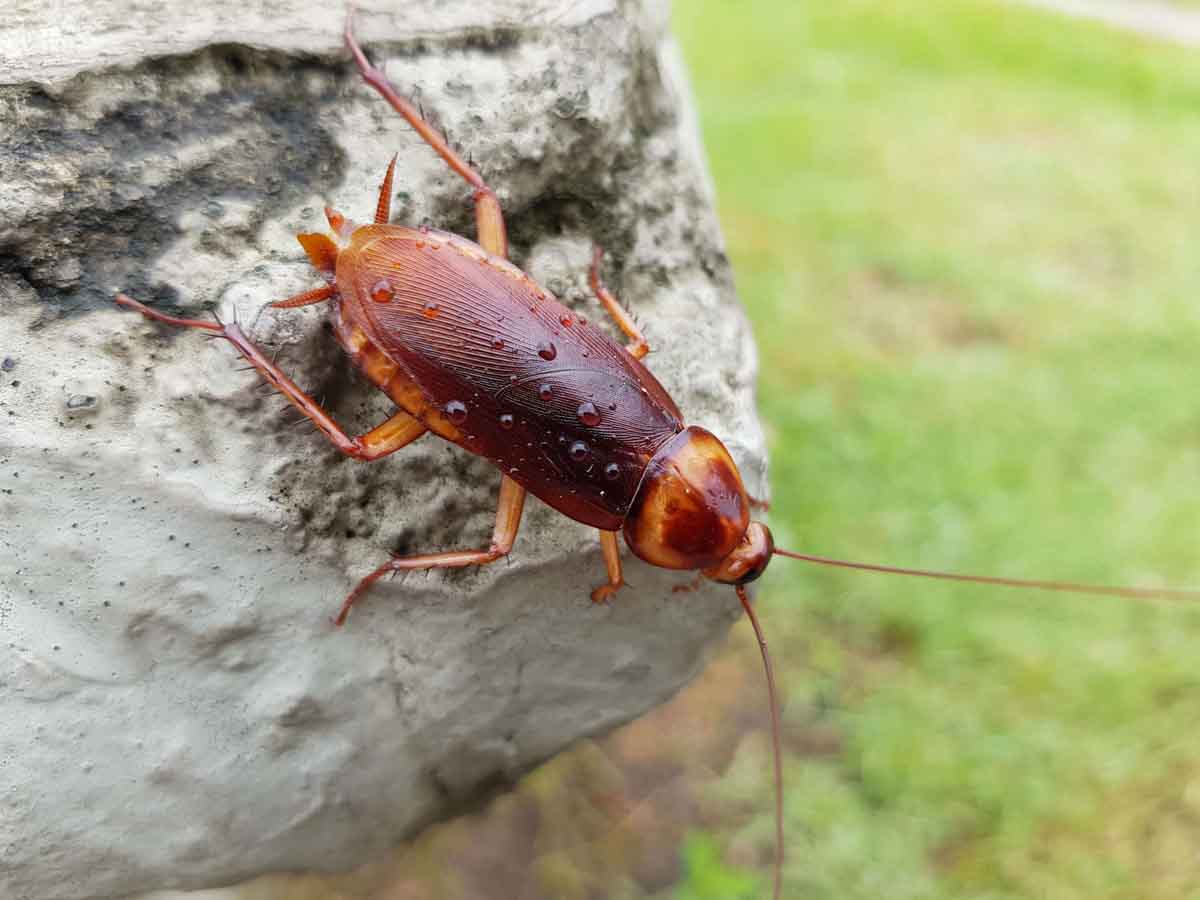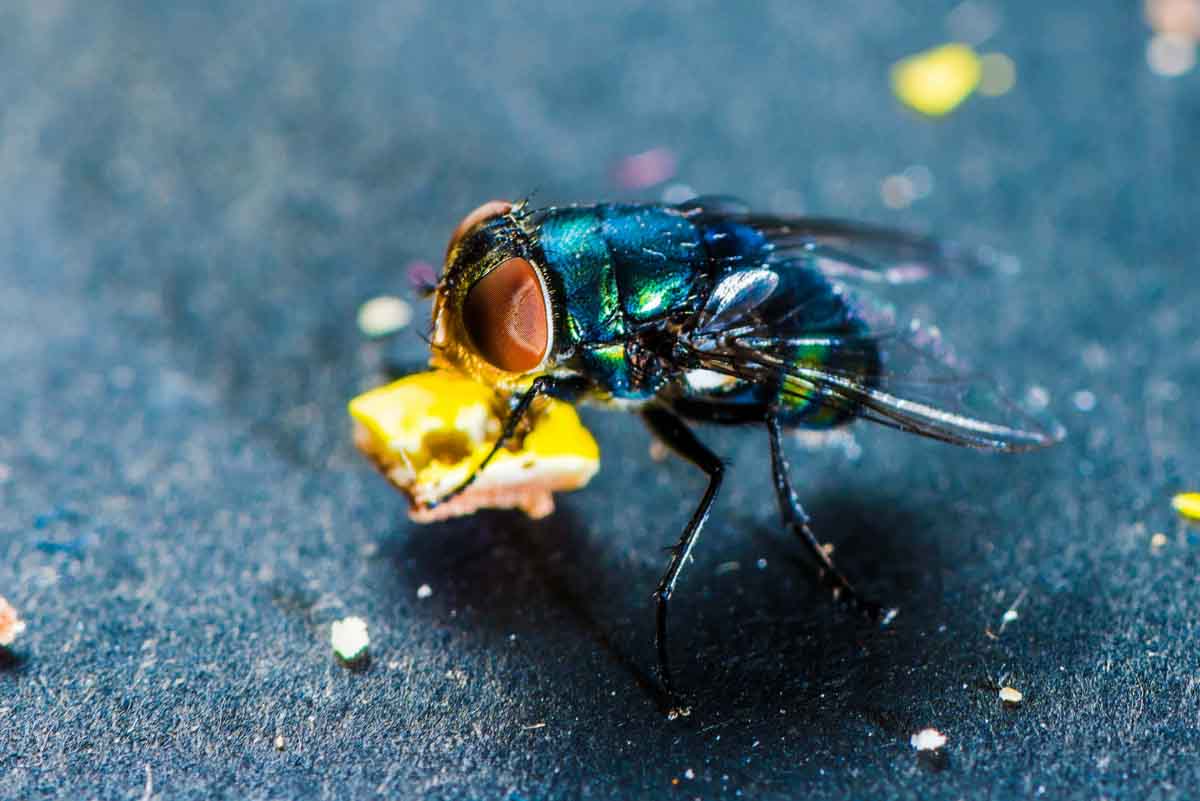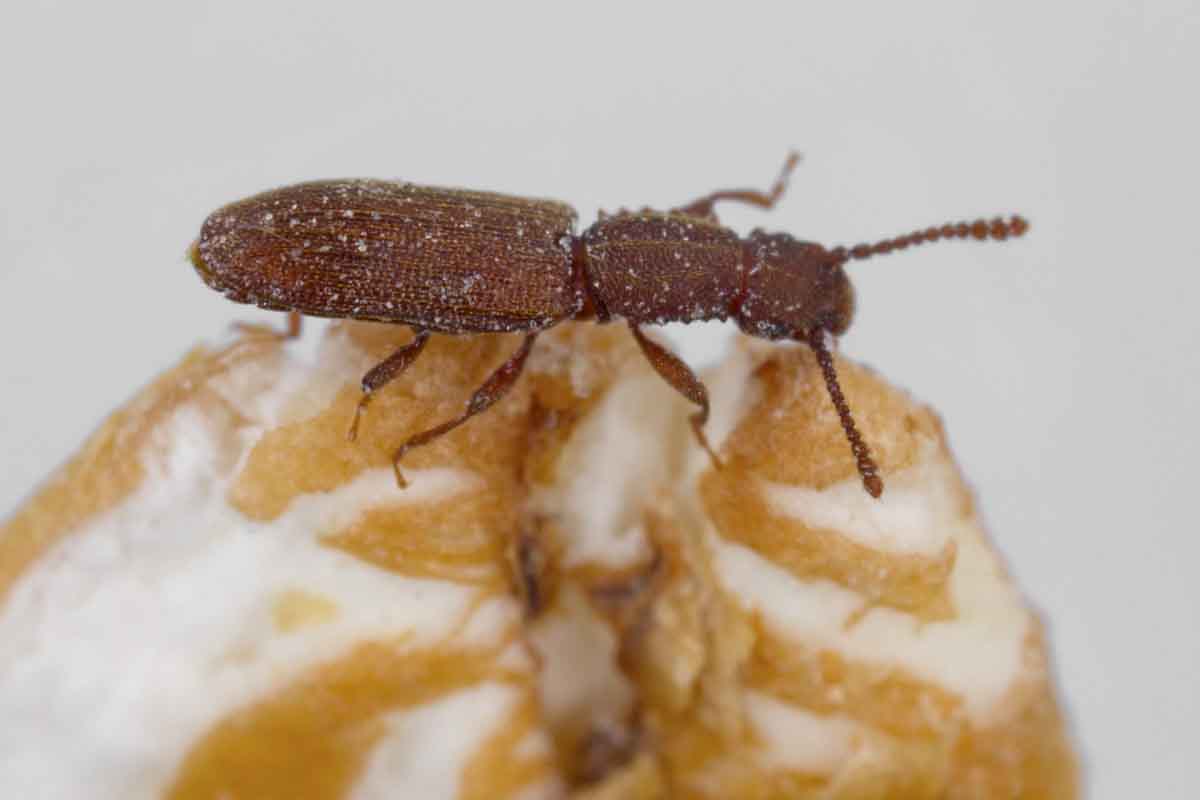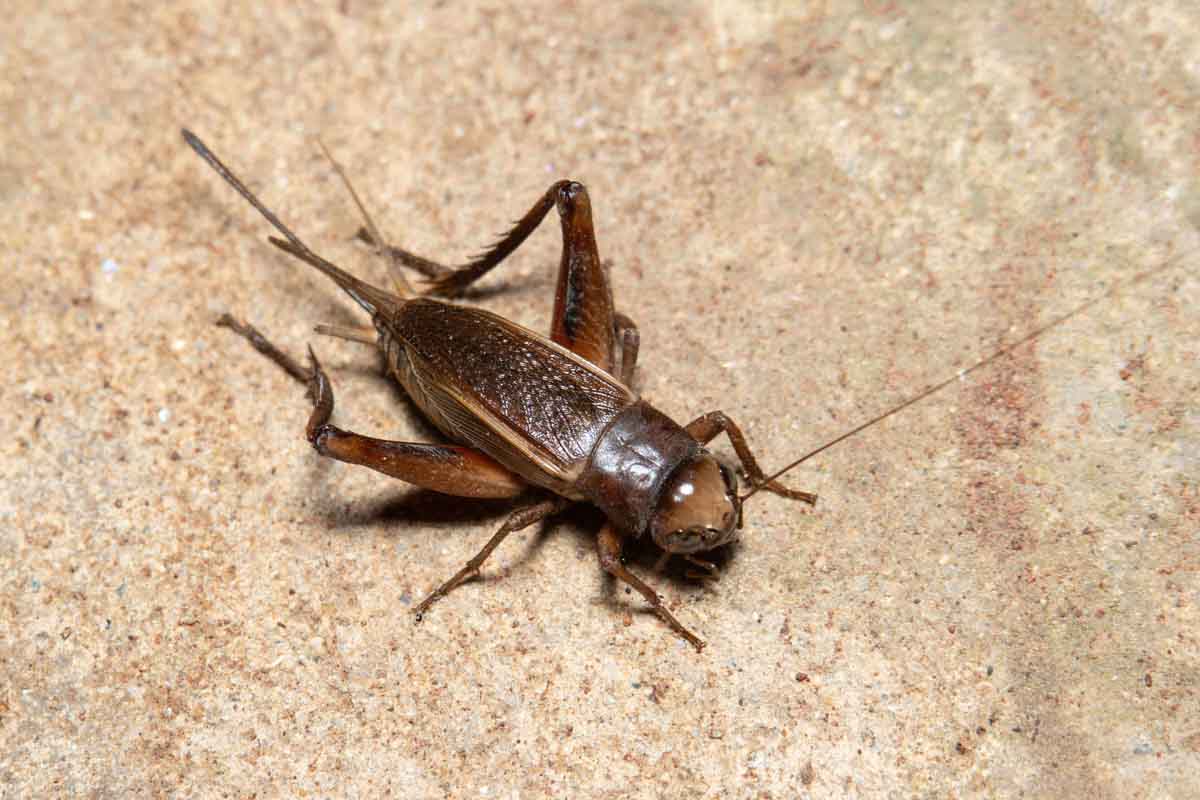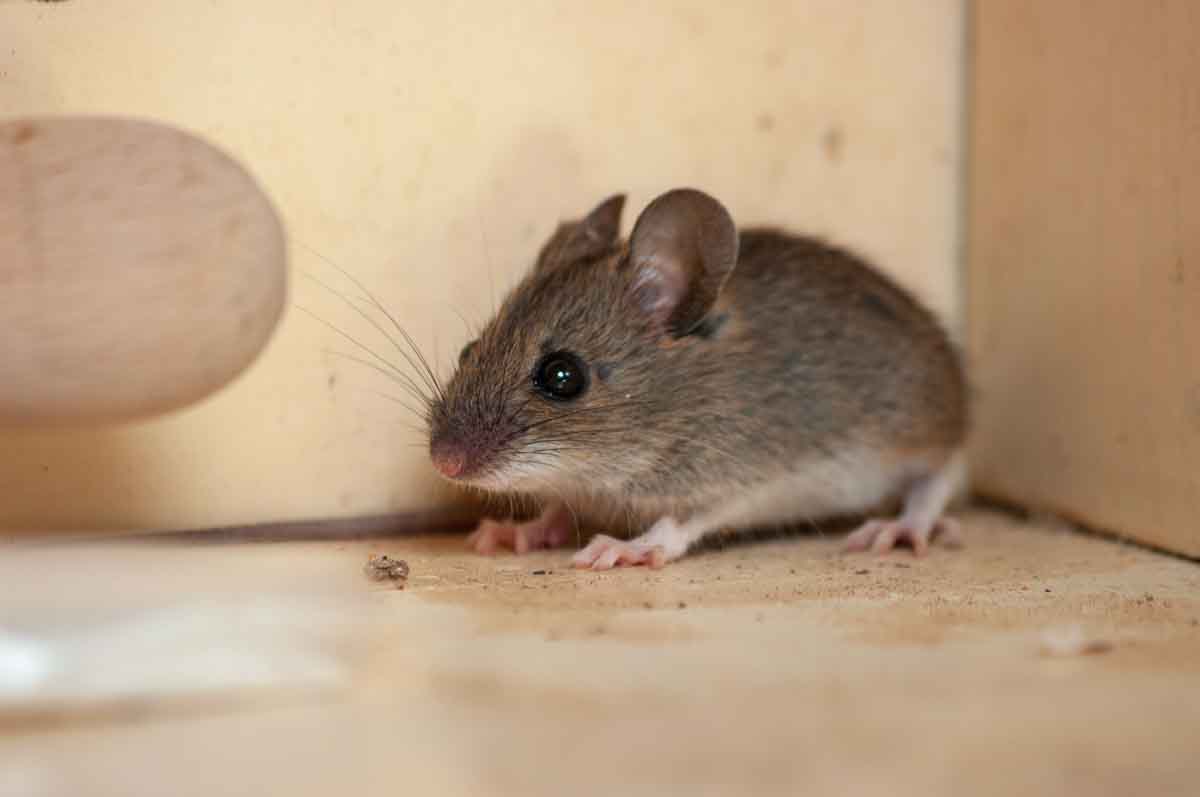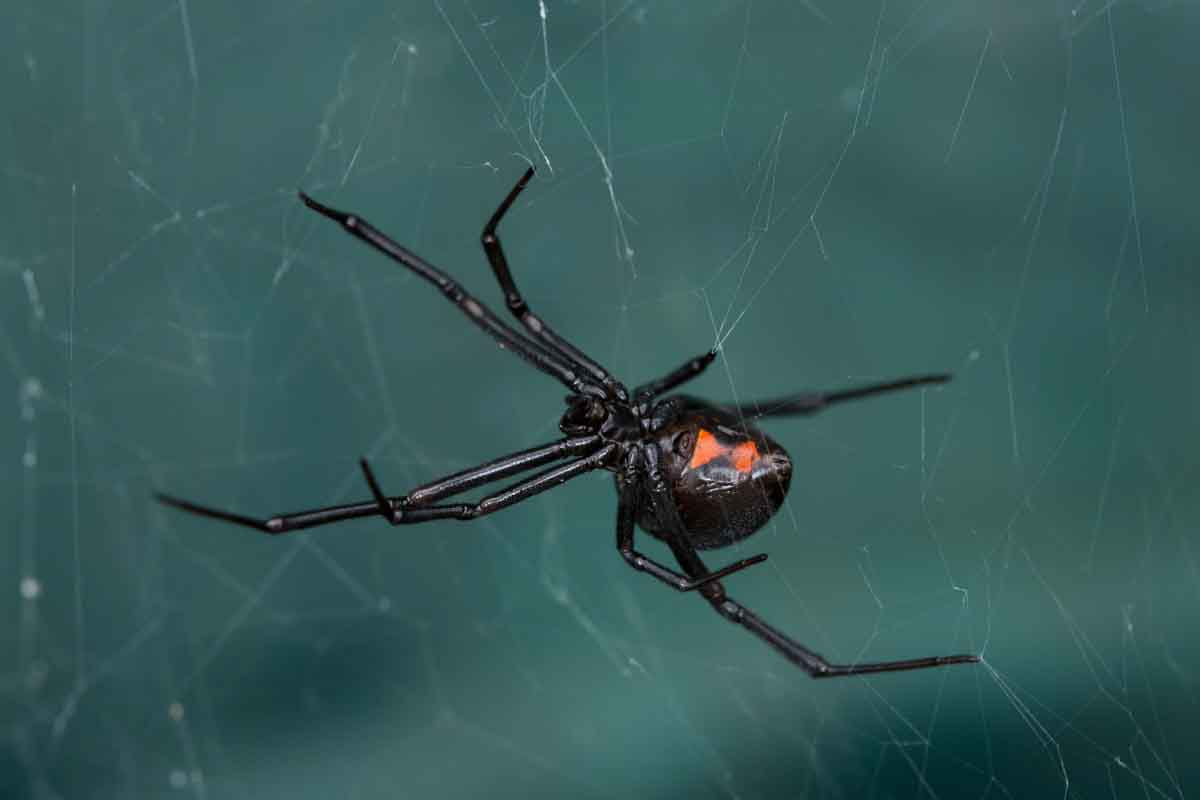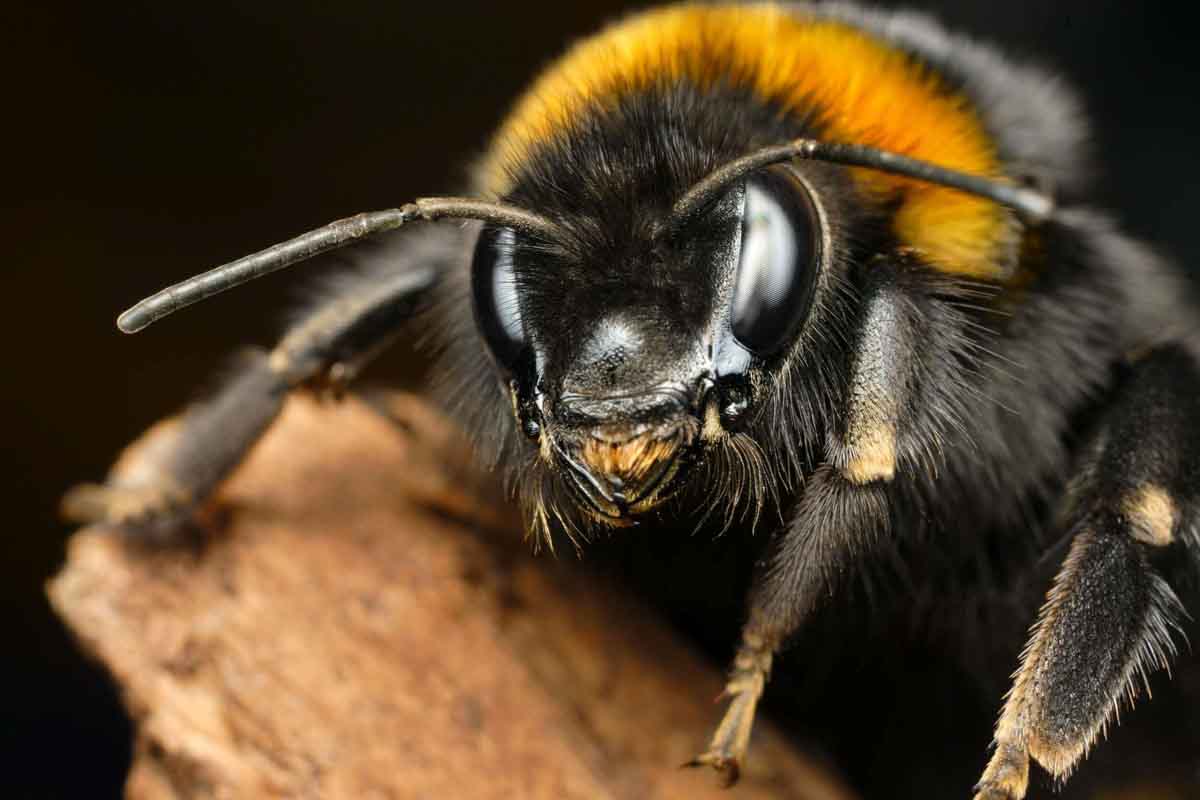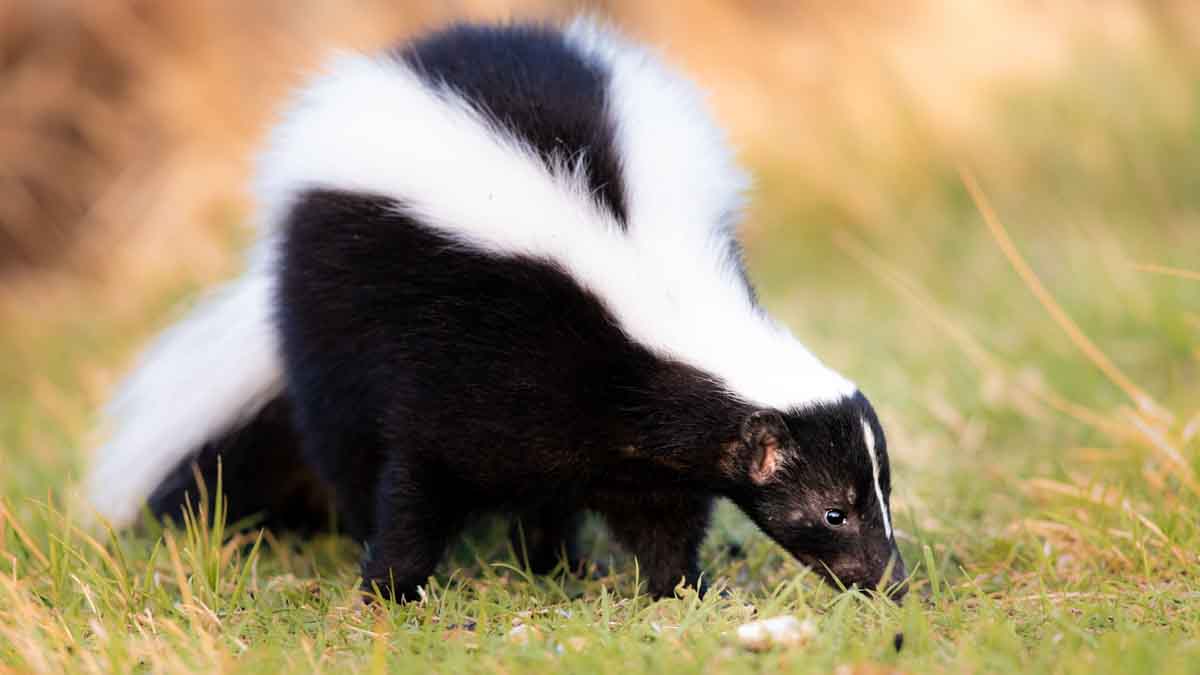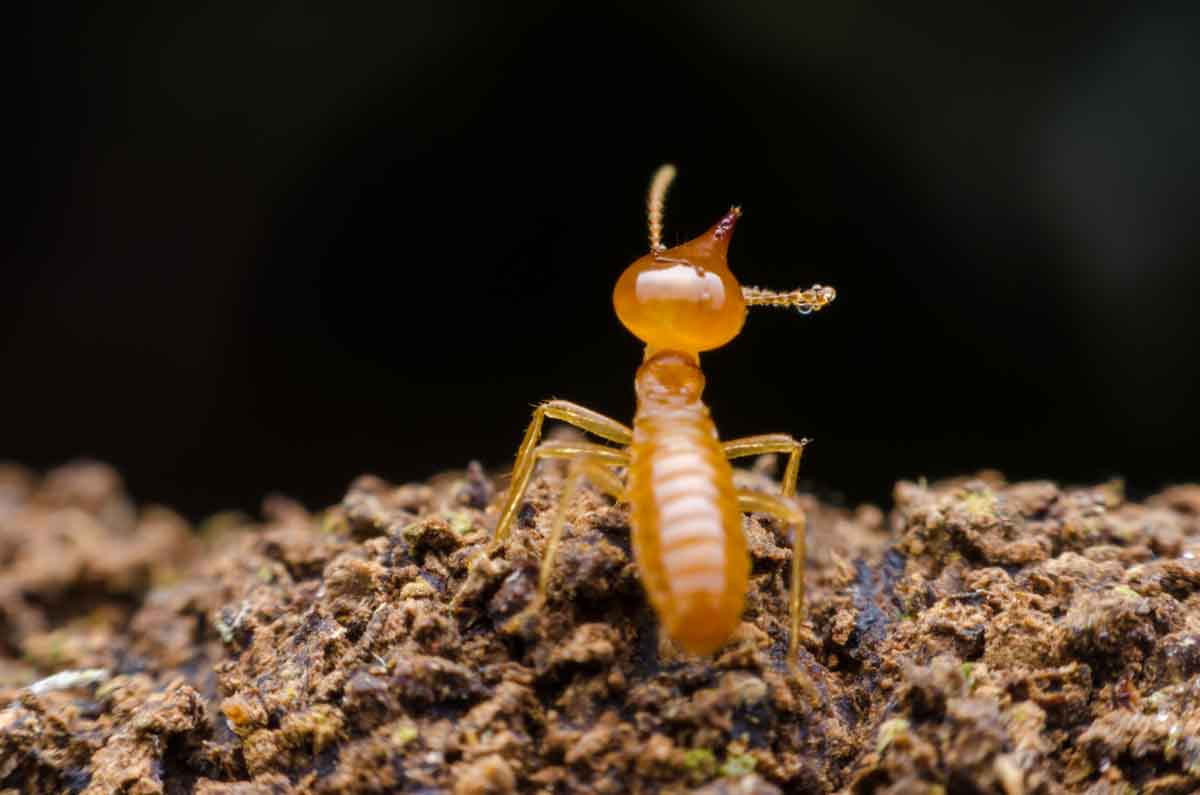House & Filth Fly Identification and Control in Utah
Correct identification is an important first step in pest control.
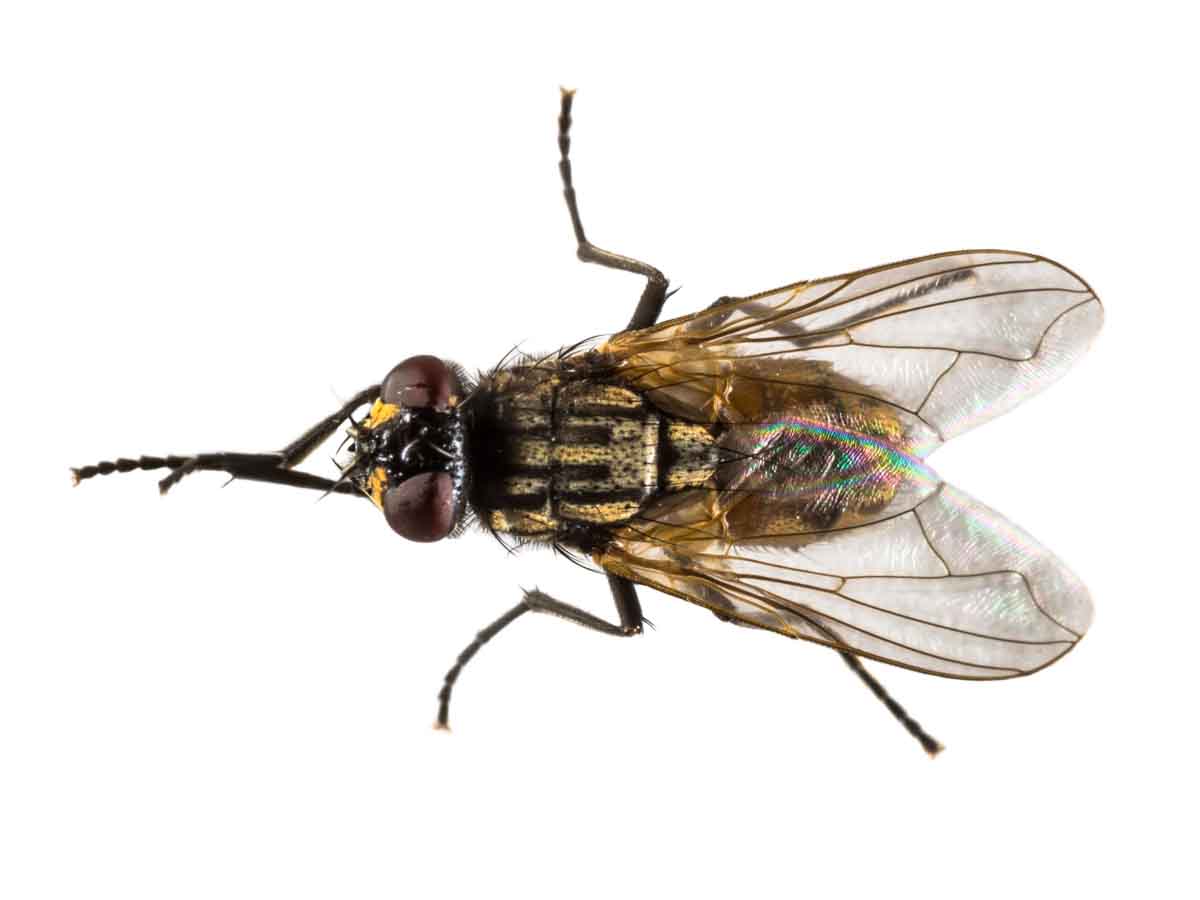
House flies are a 1/4 inch in length with 4 black stripes on the prothorax. This is similar in appearance to the face fly.
House flies are considered a filth fly which means they are greatly benefited by our human environment for proliferation (rapid reproduction). The adults and larvae can transmit diseases to humans. They are also a nuisance by annoying and distracting people inside and outside.
Need help controlling flies?
 Identify the pest with our House Fly gallery
Identify the pest with our House Fly gallery
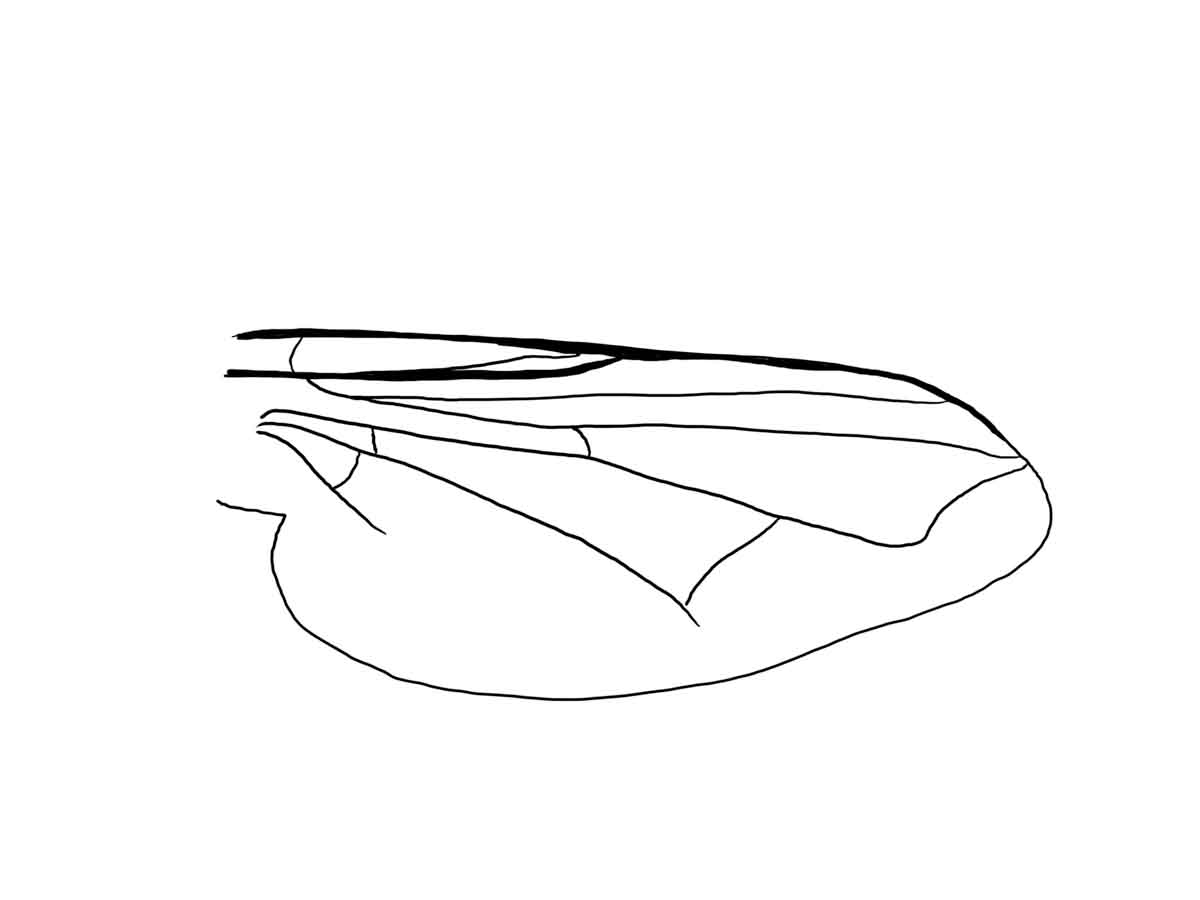

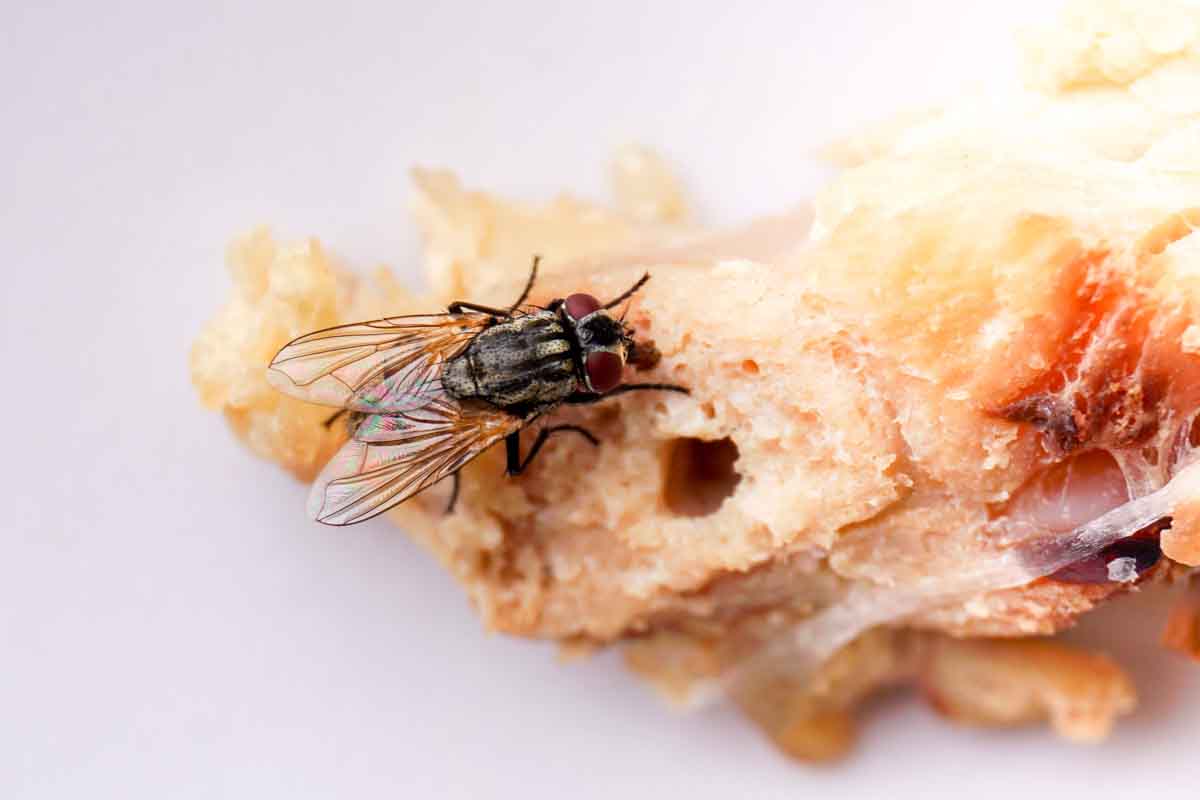


Where do they lay their eggs
House flies lay their eggs on animal manure or decaying organic matter-especially garbage and dumpsters. While the adults feed on manure, decaying organic material and human food products; the larvae just feed on manure and decaying organic matter.
Learn more on how to control filth flies by reading our blog post: Dumpster Maintenance.
Name:
Musca domestica
Size:
Large
Light:
Yes, they are attracted to light
 Tips for keeping house flies away
Tips for keeping house flies away
House flies description
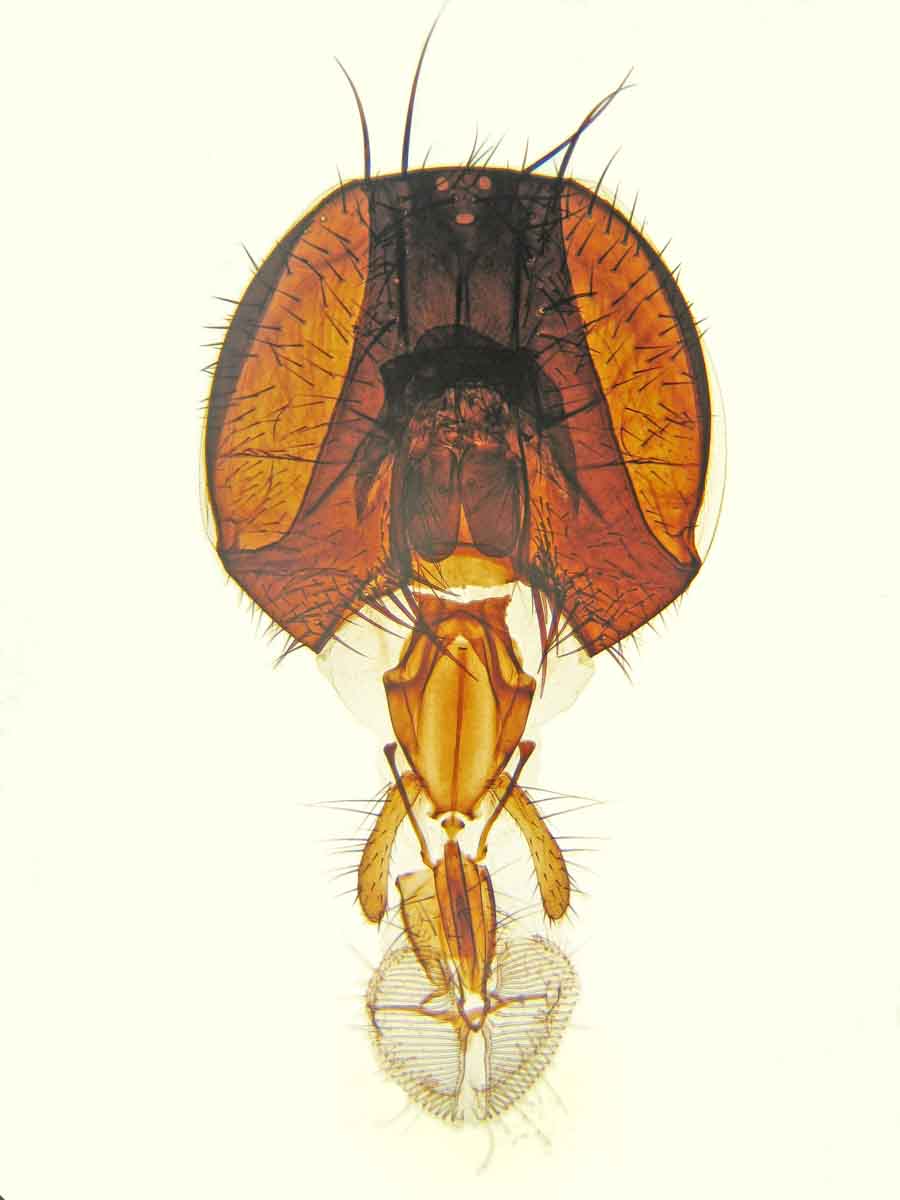
How House Flies and Filth Flies Spread Germs and Diseases
House flies are mechanical vectors of pathogens because those disease causing organisms can be transferred from the fly’s contaminated body to human food, eyes, nose, mouth, and open wounds.
House flies can contain 6 million bacteria on its body and 25 million internally.
Hairs Collect Pathogens
House flies have numerous hairs on their legs, feet and bodies which significantly increase their surface area and help in picking up and holding pathogens. Their feet have sticky pads on the bottom which also easily pick up pathogens.
Sponging Mouthparts
Pathogens can be transmitted to food by the fly’s saliva and feces. House flies have sponging mouthparts, like the one pictured here. Sponging mouthparts are only capable of consuming liquid food.
Solid foods are liquefied by regurgitation of the crop contents (which may contain pathogens) onto the food material, allowing the vomit to liquify the solid food and then sucking the liquefied food (along with any disease organisms) into their digestive tract.
House flies can also contaminate food by defeating on it while feeding. These spots are usually darker.
How to prevent house flies
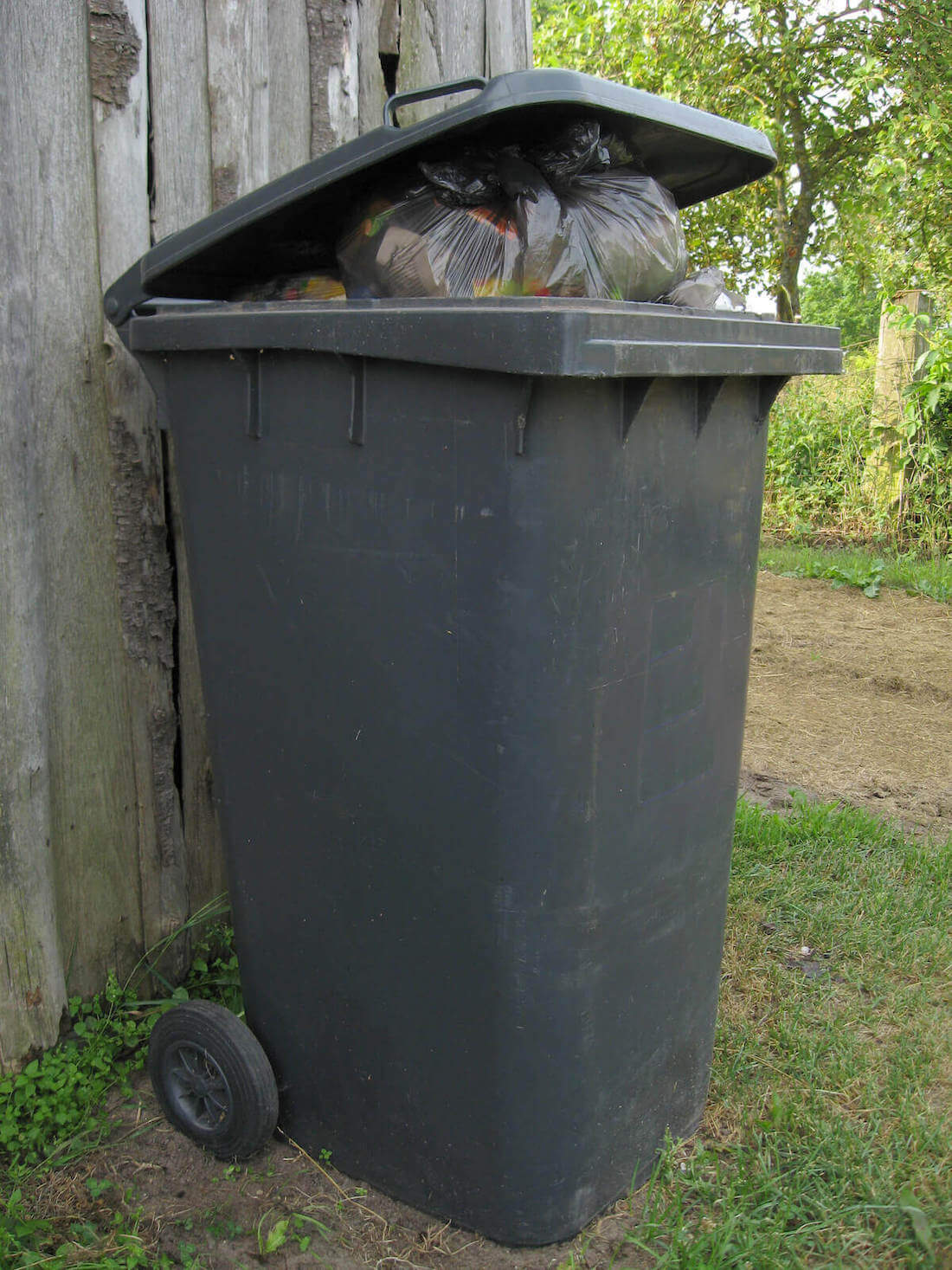
How To Eliminate House Flies and Filth Flies Outdoors
-
Keep dumpsters at lease 50 feet away from the building.
-
Trash cans, dumpsters, and garbage areas should be clean and free of odor.
-
Lids on dumpsters and trash cans should be kept closed.
-
Do not leave trash or garbage bags next to the dumpster; place them inside.
How To Prevent Filth Flies From Entering a Building
-
Keep exterior doors closed.
-
Instal screen doors or automatic door closers, especially on doors leading into the kitchen.
-
Keep all door and window screens in good repair.
-
Exclude their entry by caulking cracks and crevices, using weather stripping where needed, putting door sweeps on gappy doors, using window screens, etc.
-
Locate where they could be breeding and remove it, if possible.
-
Improve sanitation in the area; such as the kitchen, bathroom, garbage indoors and outdoors.
-
Place light traps to catch flies that come indoors.
-
You can always use a fly swatter.
Don't let flies take over.
Thorn can help.
Fill out the form below to contact us so we can help eliminate flies fast.
Pest Science,
meet Know-How.

How thorn can help
Pests can be difficult to control, but that’s what we are here for. We create a strategic plan to gain control of your problem and make sure we get results.
Thorn's Approach
We take a scientific approach to pest control. We start with an inspection and assessment to help us identify the pest, locate where they are, and create a specific plan for your property. Every home and business is different and requires a unique strategy.
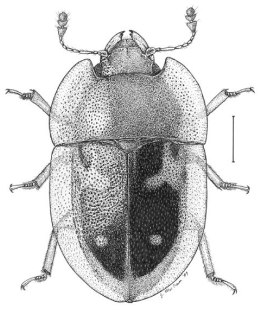
Driven by science.
Led by service.
Proper pest management starts with a detailed inspection and assessment from an expert pest professional before treatment. Thorn Pest Solutions uses a three-step process rooted in science to eliminate pests with long-term results.
Assess Situation
First, we identify the root problem(s) with a site assessment. Pests are almost always an indicator of an environmental condition. This will determine the best actions to provide short and your long-term results against pests.
Execute Action Plan
Next, we develop a plan to fix the problems we discovered. This includes solving current pest issues, eliminating conducive conditions, and monitoring for future pest activity. Good pest management starts with a good plan.
Track Success
Lastly, we implement the solutions we developed including inspection, monitoring, and preventing future pest infestations. Good pest control requires a good offense and not just defense. Prevention is key.
Let's get rid of those pests.
Call today:
 Other common Utah pests
Other common Utah pests
 Hear From Our Customers
Hear From Our Customers
